Volunteering in Ha Giang is more than a journey—it’s a profound immersion into the lives of the region’s diverse people and traditions, and stunning landscapes. Over five unforgettable days, I experienced the resilience, warmth, and ingenuity of the individuals who call this remote region home.
Day 1: A Challenging Start and New Encounters
The return to Ha Giang was marked by wintry weather—fog, rain, and a grueling ride over rugged terrain. The winding roads tested endurance, but by evening, I reached Dong Van, weary but eager. Despite the cold and unheated hotel rooms, the spirit of the place quickly enveloped me.
I met a remarkable group of fellow volunteers: a seasoned French traveler, a young Japanese woman, and an Afghan woman from Germany. Together, we visited a Lo Lo ethnic village, now a tourist hub due to investments from Hanoi. The day ended with a warm meal at the local market, featuring pho and the prized black chicken—a local delicacy.
Day 2: Meeting Inspirational Figures
The second day was a true revelation. I met Khanh, the charismatic homestay owner, and Mr. Tri Shan, a visionary whose efforts have preserved local tea traditions. Khanh’s story captivated me; born on Cat Ba island, he taught himself English and Chinese, becoming a self-made entrepreneur.
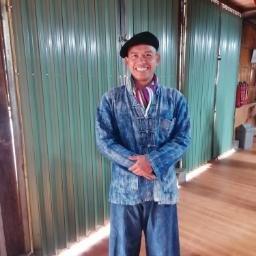
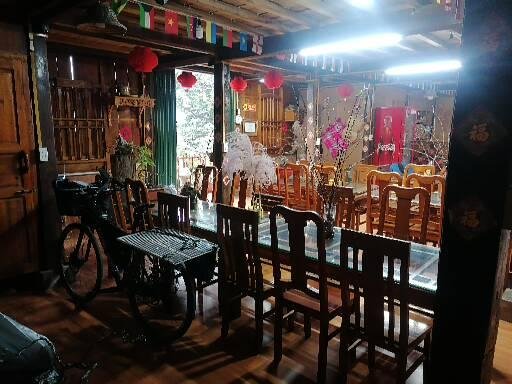
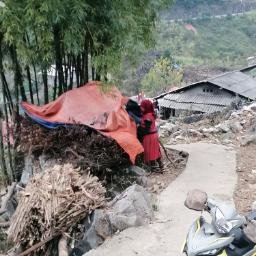
Khanh’s sense of humor was evident in his choice of his pets’ names—a pig called “Dog” and a cat named “Mouse.”
This playful naming is rooted in Vietnamese culture, where it is traditional not to give animals human-like names, reflecting the belief that the human and animal worlds remain distinct.
Dinner that evening was a communal affair, featuring a hot pot of vegetables, shrimp, pork, and black chicken. Despite the basic accommodations and freezing temperatures, the warmth of shared stories made the experience memorable.
Day 3: A Market and the Struggles of Rural Life
The bustling market of Mèo Vạc was a sensory overload. Women carried massive baskets weighing up to 25 kilograms, some walking great distances. The market teemed with life—live chickens, piglets, and cows exchanged hands.
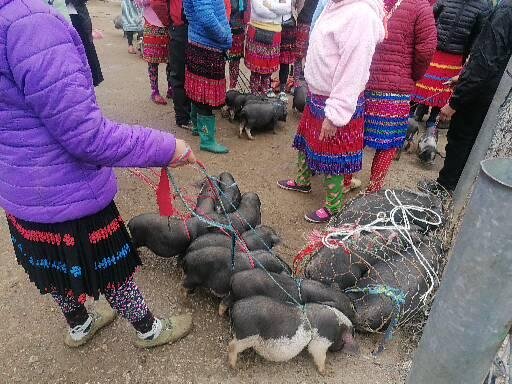
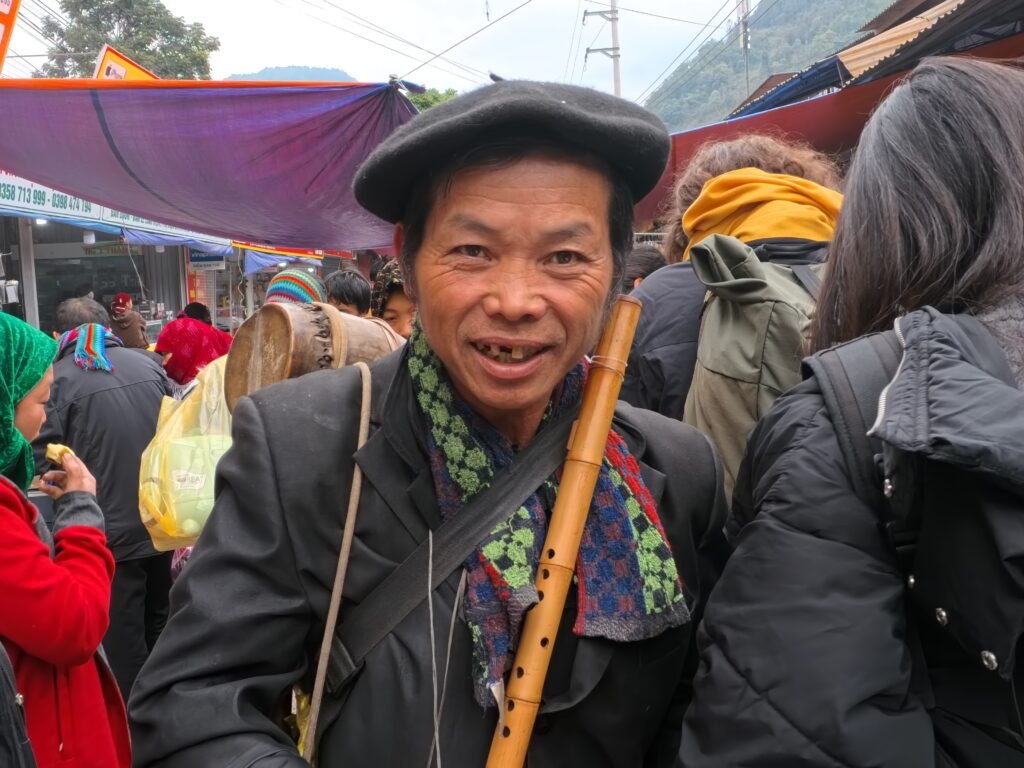
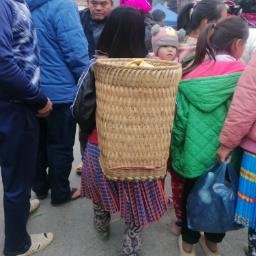
Later, we trekked a panoramic 5-kilometer trail through high-altitude villages. The poverty was stark, with residents laboring tirelessly, carrying wood and grass on steep inclines. That evening, we shared a simple meal with travelers, including a French optician who was traveling across Asia using only trains, buses, and scooters.
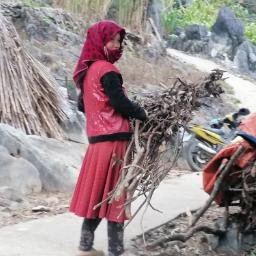
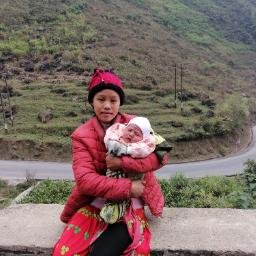
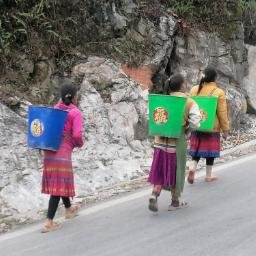
Day 4: The Heart of Ha Giang—Tea Production
The highlight of my journey was exploring Ha Giang’s people and traditions. Guided by Mr. Tri Shan, I visited the Baiyue tea showroom at 1,600 meters above sea level.A self-made visionary, Tri Shan has revived the production of wild tea, including the unique Dragon and Fairy teas, preserving traditional methods of production.
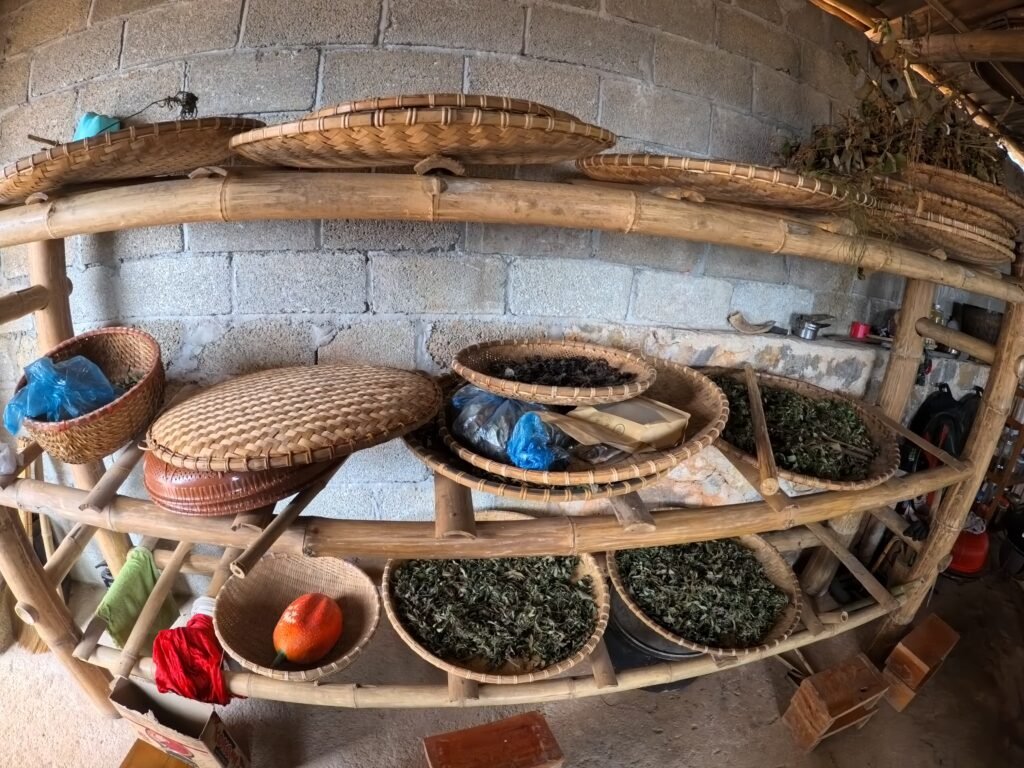

His dedication extends beyond tea—he has founded schools, empowered locals, and created a volunteer network. His mission is to showcase the rich legacy of Ha Giang’s tea industry while promoting sustainable practices.
We also visited a nearby Hmong village, gaining insight into their language and traditions, which are deeply intertwined with Chinese influences. That evening, dinner included gac fruit risotto, a dish known as the “fruit of heaven.”

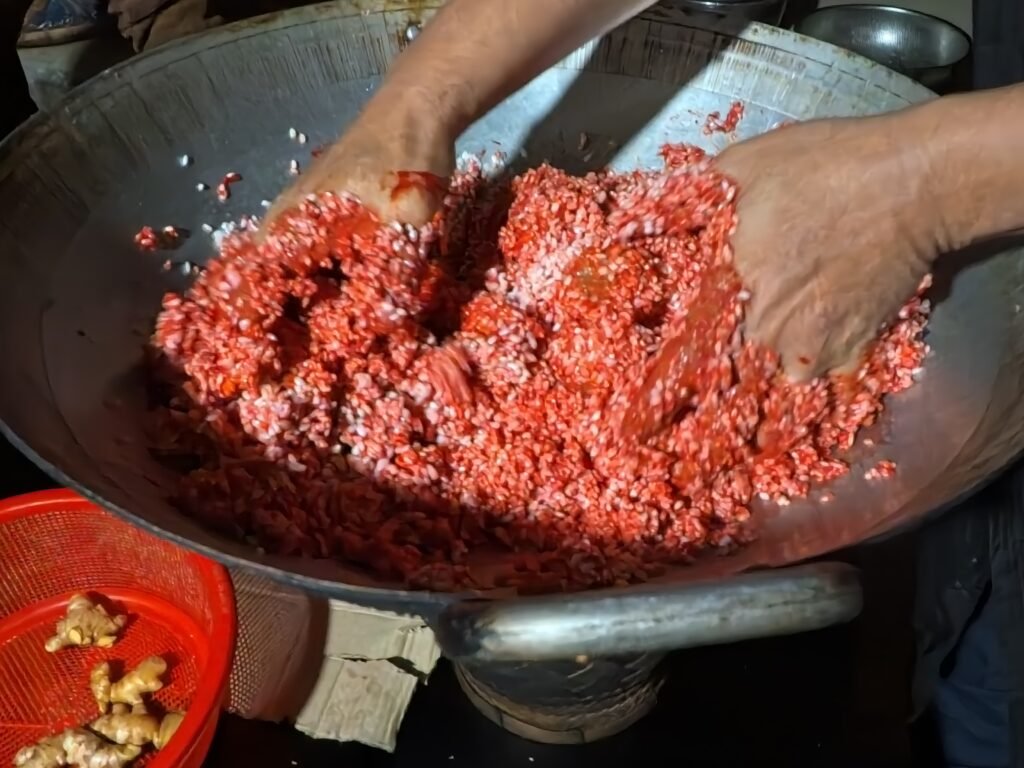
Day 5: Farewell to Ha Giang
On the final day, the journey back to Ha Giang was bittersweet. A six-hour local bus ride marked the end of my adventure. Despite the absence of a grand New Year celebration, the memories of the people and places I encountered made it a meaningful conclusion.
Ha Giang is a land of contrasts—challenging yet enriching, remote yet deeply connected through its people and traditions. Volunteering here provided a rare glimpse into the heart of a community striving to preserve its heritage while embracing the future. The resilience of the people, dedication to their craft, and the bonds formed during these five days will stay with me forever.

